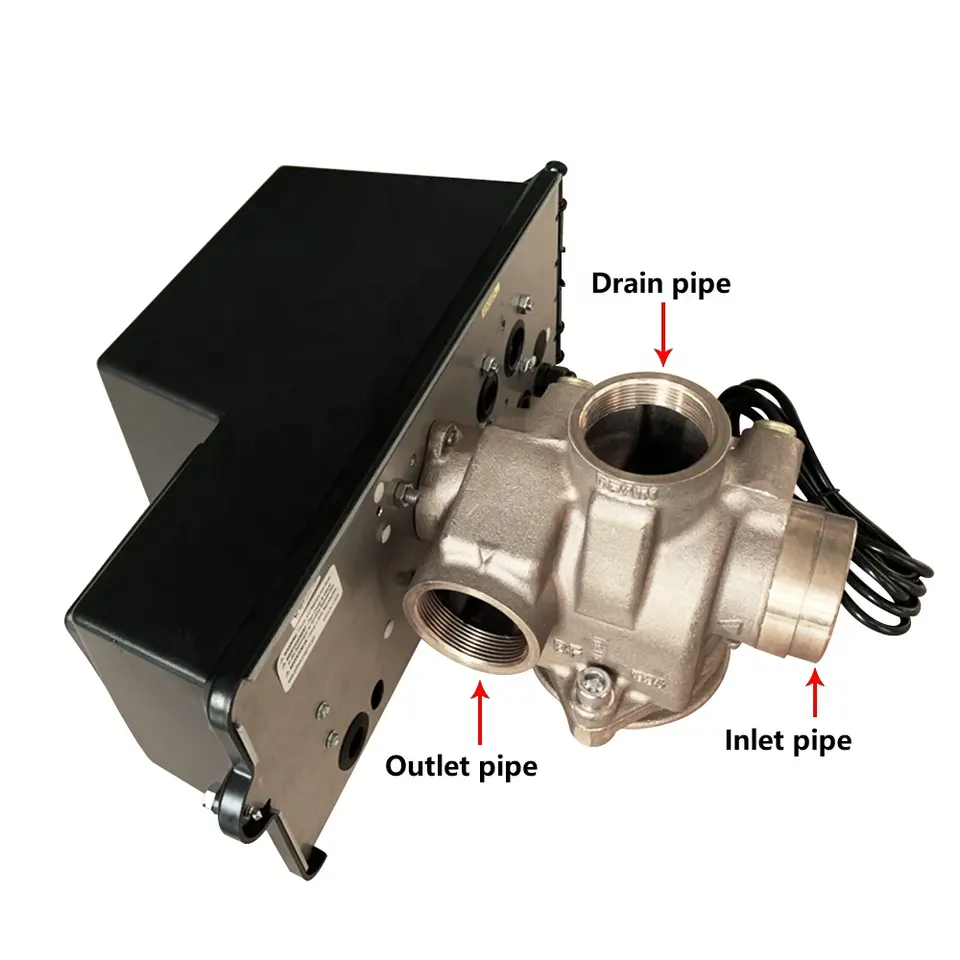Table of Contents
Understanding the Importance of Water Softener Regeneration
Water Softeners are essential appliances in many households, helping to remove Minerals such as calcium and magnesium from water. Over time, these minerals can build up in pipes and appliances, causing damage and reducing their efficiency. To ensure that a water softener continues to work effectively, it needs to undergo a process known as regeneration.
Regeneration is the process by which a water softener cleans and recharges its resin beads, which are responsible for removing minerals from the water. During regeneration, the water softener flushes out the accumulated minerals and replaces them with sodium ions. This process is crucial for maintaining the efficiency of the water softener and ensuring that it continues to provide soft water to the household.

One important aspect of water softener regeneration that often goes unnoticed is the amount of water that is used during the process. Regeneration can be a water-intensive process, with some water softeners using hundreds of gallons of water each time they regenerate. This can have a significant impact on water usage and utility bills, especially in areas where water is scarce or expensive.
It is important for homeowners to be aware of the water usage associated with water softener regeneration and to take steps to minimize it. One way to reduce water usage during regeneration is to schedule regeneration cycles during off-peak hours, such as late at night or early in the morning. This can help to minimize the impact on water usage and ensure that the water softener is still able to provide soft water when needed.
Another way to reduce water usage during regeneration is to invest in a high-efficiency water softener. These water softeners are designed to use less water during the regeneration process, helping to minimize water waste and reduce utility bills. While high-efficiency water softeners may be more expensive upfront, the long-term savings on water usage can make them a cost-effective choice for many homeowners.
In addition to scheduling regeneration cycles and investing in a high-efficiency water softener, there are other steps that homeowners can take to reduce water usage during regeneration. For example, some water softeners allow for manual regeneration, which can be initiated only when necessary rather than on a set schedule. This can help to further minimize water usage and ensure that the water softener is operating efficiently.
| Model | AFC2-LCD | AFC2-LED |
| Working Position | Filter->Back wash 1->Back wash 2-> Fast rinse -> Filter\u00a0 | |
| Regeneration mode | Automatic\u00a0 | Automatic\u00a0 |
| Time by day :0-99days | Time by day :0-99days | |
| Time by hours:0-99 hours | Time by hours:0-99 hours | |
| In (inlet of valve) | 1/2”F | 1/2”F |
| I1(inlet of first filter) | 1/2”F | 1/2”F |
| I2(inlet of second filter) | 1/2”F | 1/2”F |
| Drain | 1/2”M | 1/2”M |
| D1( Drain of first filter) | 1/2”M | 1/2”M |
| D2(Drain of second filter) | 1/2”M | 1/2”M |
| Water capacity\u00a0 | 2m3/h | 2m3/h |
| Working pressure | 0.15-0.6Mpa | |
| Power Supply\u00a0 | AC100-240V/ 50-60Hz \u00a0 \u00a0 \u00a0/ \u00a0 \u00a0DC12V-1.5A | |
Overall, understanding the importance of water softener regeneration and its impact on water usage is crucial for homeowners who rely on water softeners to provide soft water to their households. By taking steps to minimize water usage during regeneration, homeowners can not only reduce their water bills but also help to conserve this precious resource for future generations. With a little awareness and effort, it is possible to enjoy the benefits of soft water without wasting excessive amounts of water in the process.
